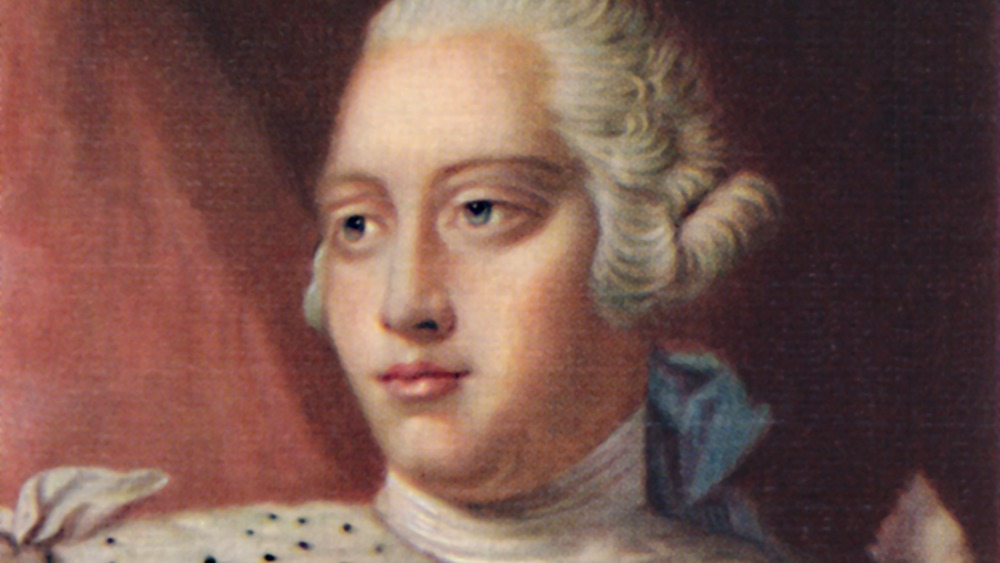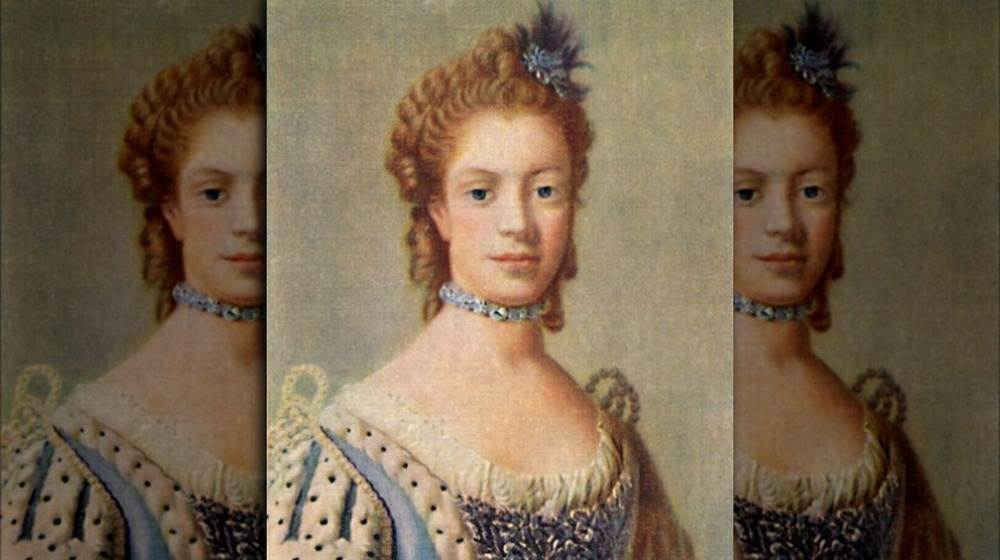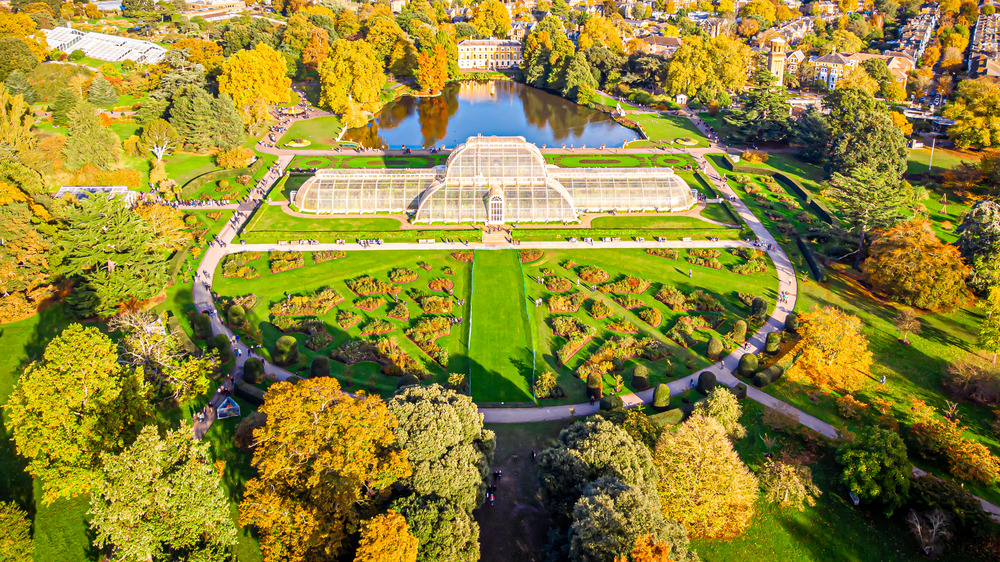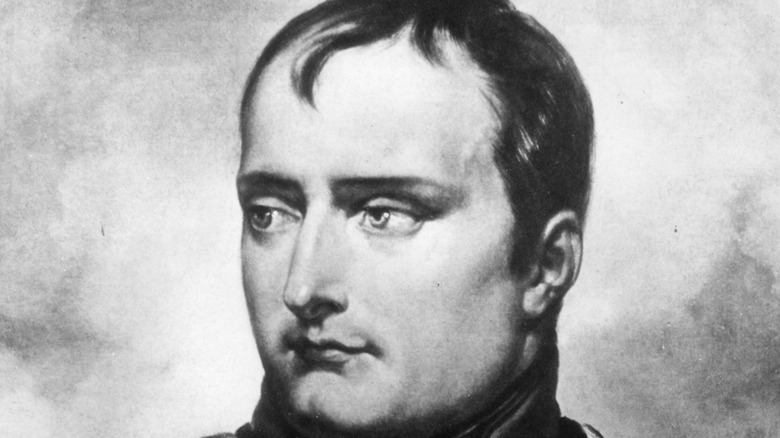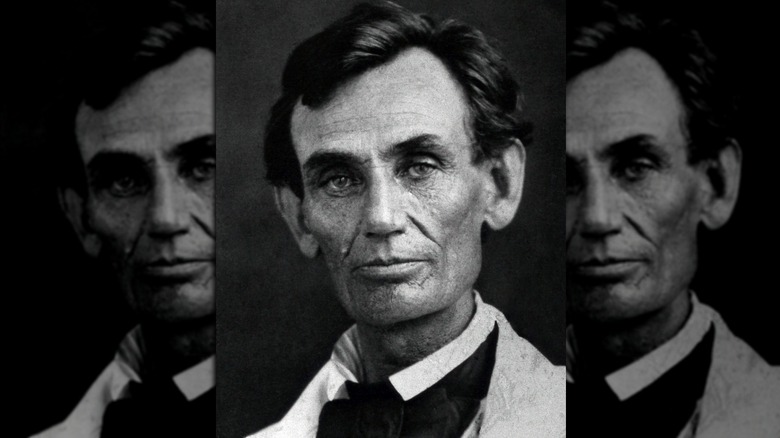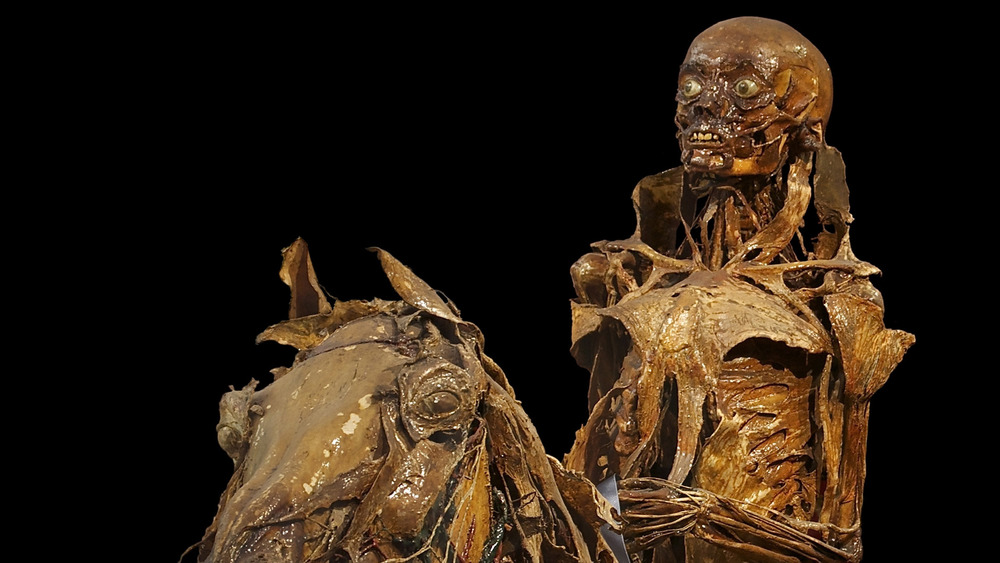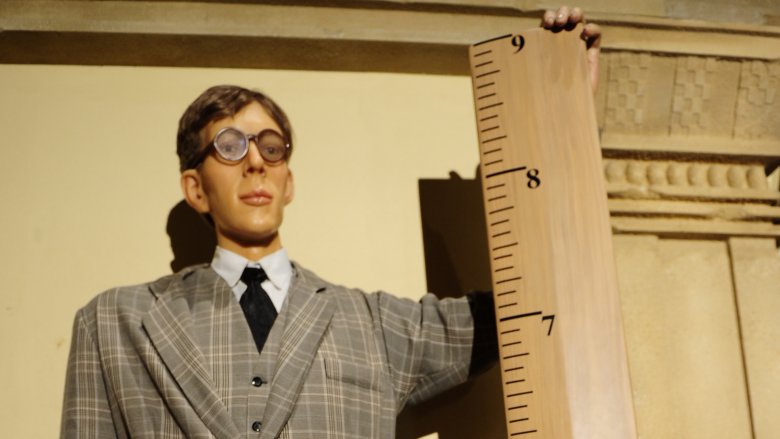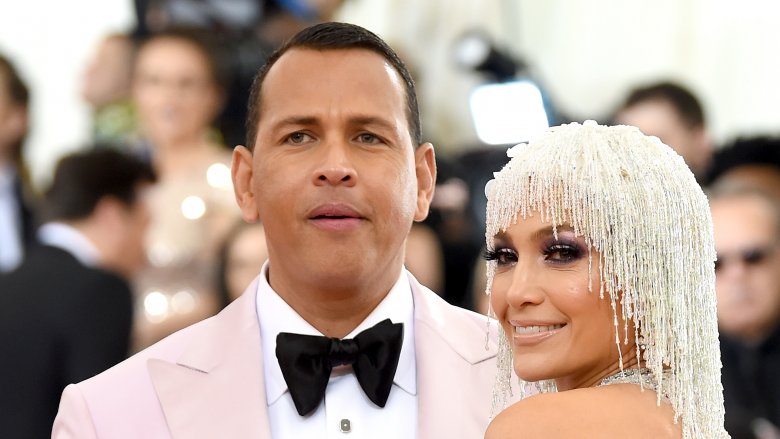
Bridgerton: Who Was The Real Queen Charlotte?
Netflix’s Bridgerton has become a serious hit. The show has reached over 60 million households in the past month, drawing in viewers with all the excitement of Britain shortly after the revolutionary period and raising questions about the royal family that haven’t been asked in popular culture for a long time. It’s hard to tell what’s real and what’s fiction. The show brings us back to a time period we’ve never experienced.
One character, in particular, has rekindled old debates and, probably, has people scratching their heads. We’re talking about Queen Charlotte, who in the show is portrayed by Golda Rosheuvel. The first thing viewers realize about Charlotte, besides her chillingly cold stares, is that she’s Black. With everything the layperson knows about British royals from the time period, which we’ll admit isn’t very much, a Black queen seems a little out of place. It’s one of the many things that might lead viewers into thinking the character isn’t real, but Bridgerton‘s Queen Charlotte is most definitely based on a real queen of the same name, who may have shared similar anatomical realities. Here’s what you need to know about the real Queen Charlotte. It should help clear up a few things.
Wife to The Mad King
Queen Charlotte began her life as the German Princess Sophia Charlotte. She was born in 1744 and was basically a royal nobody until she married a 22-year-old King George III, who would later be known as “The Mad King,” in a blind wedding of sorts. King George III’s grandfather had just died and left him an entire kingdom he was bound to rule on his own. According to Royal Central, George III told Queen Charlotte to stay out of state affairs, but Charlotte wasn’t exactly given a choice in the matter as time went on.
Her main job was to serve as a royal baby factory, which, honestly, she excelled at. Over the years, Charlotte gave birth to 15 children, 13 of whom survived. The queen’s role in political affairs increased as her husband’s mental health decreased. King George III, according to Britannica, went through waves of depression and violent outbursts that only seemed to increase with age. The stress of the American Revolution didn’t help, but it wasn’t the cause of his troubles. He fluctuated between depression and what’s described similarly to manic episodes until he was deemed too insane to rule and placed under Charlotte’s custody in 1811.
Even with her strength of character, George III outlived Queen Charlotte by a year. She died in 1818 after 57 years on England’s throne.
Queen Charlotte may have had a mixed racial heritage
Though the fact is highly debated, some historians believe that Queen Charlotte was one of, if not the first and only, Black queen of Britain. It’s not something that’s been outright disproven, but some historians think the evidence is too thin to support the claim. If true, it could bring a new, lost history to the entire European monarchy, given that her 13 surviving children went on to populate royal families across Europe.
Queen Charlotte may have been a German princess, but she was also a descendant of Portuguese royal Margarita de Castro e Sousa, a member of what historian Mario de Valdes y Cocom believes to be a Black line of Portuguese nobility, according to The Guardian. Though, she would’ve been far enough removed from any African heritage that other historians believe it’s too difficult of a claim to support.
The second piece of evidence that’s usually cited to support Charlotte’s heritage are the portraits painted by Sir Allan Ramsay. Ramsay, according to PBS, was an intellectual abolitionist who painted Charlotte with features that were decidedly African in nature and in complete contrast to the way she was painted by others. At the time, features like this would’ve been painted out of royal portraits as “undesirable traits” because of the whole racism thing. But, Ramsay, a man who married into a family that was partly responsible for ending British slavery, wasn’t going to play that way.
A patron of the arts and an amateur botanist
Bridgerton points this out, and it may seem like pure fiction to viewers, but it’s quite possible that Queen Charlotte discovered young Mozart and his world-changing musical talents. If not, she at least utilized them. Which isn’t surprising since she was a true patron of the arts.
According to Royal Central, Mozart visited London a grand total of one time where he stayed from 1764 to 1765. During this time, Mozart was welcomed into the palace where he played for King George III and Queen Charlotte, leading to the famous composer dedicating his Opus 3 to the queen. Charlotte also hired one of Johann Sebastian Bach’s sons as her music-master, according to ATI.
Music wasn’t Queen Charlotte’s only special interest, either. She had a love for botany and is responsible for the famed Royal Botanic Gardens at Kew Palace. As Royal Central points out, explorers would bring her plants from all over the world, and Charlotte made sure they were tended to and kept safe in the royal gardens. Another of her interests was philanthropy. ATI notes she was responsible for founding several orphanages and providing patronage for London’s General Lying-in Hospital, and she managed to do all of this while dealing with a mentally unstable husband during a time when the monarchy was bumpy to say the least.
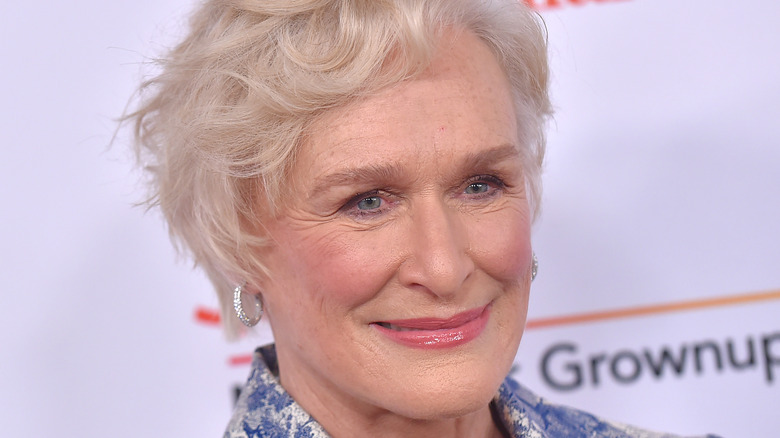
This Was Glenn Close's Experience With A Cult
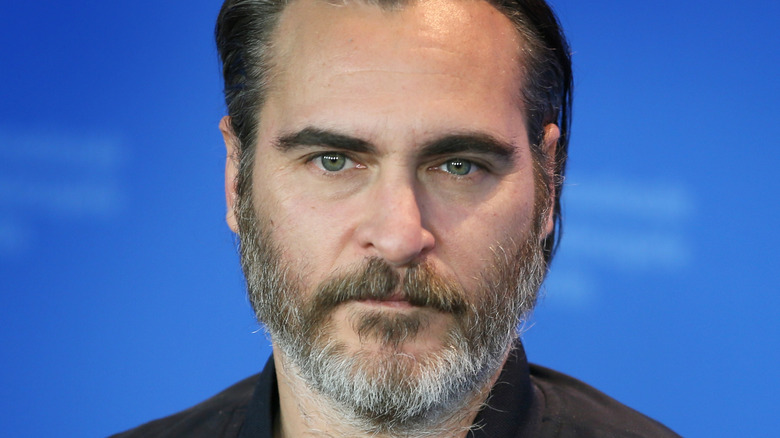
This Was Joaquin Phoenix's Experience In The Children Of God Cult

Stay Entertained for Hours with One Deck of Cards

Disturbing Details Discovered In Philip Seymour Hoffman's Autopsy

Here's How Much Ronan Farrow Is Worth

People Are Split On The Worst Red Hot Chili Peppers Hit Song
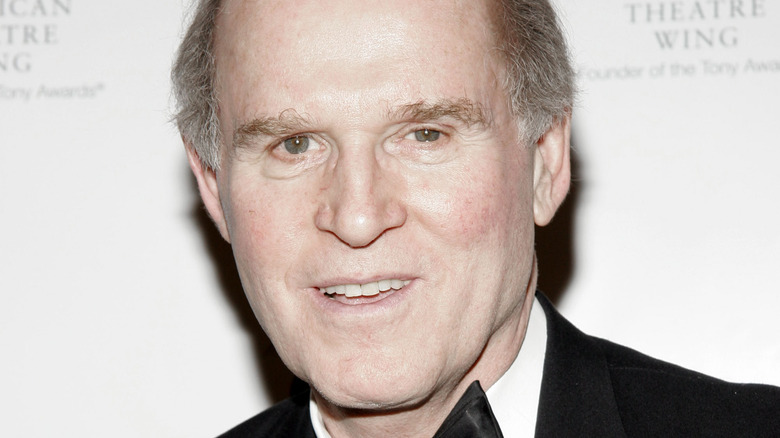
The Devastating Death Of Charles Grodin
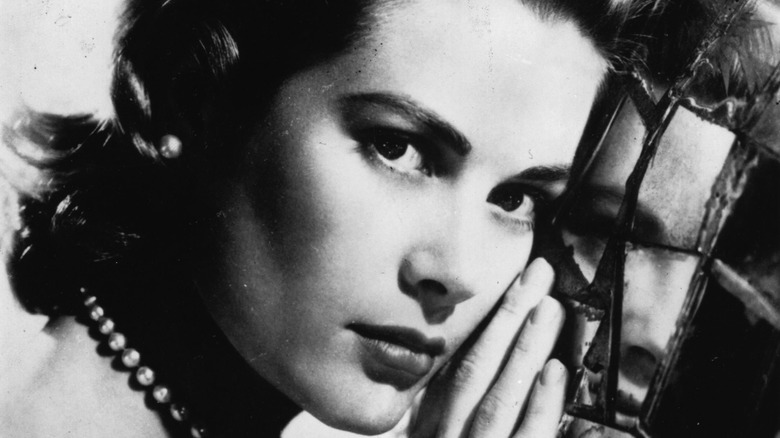
How Much It Really Cost For Grace Kelly To Become A Princess

What Happened To The Three Finalists From Ink Master Season 13?

The Real-Life Story Behind Netflix's Rose Island
